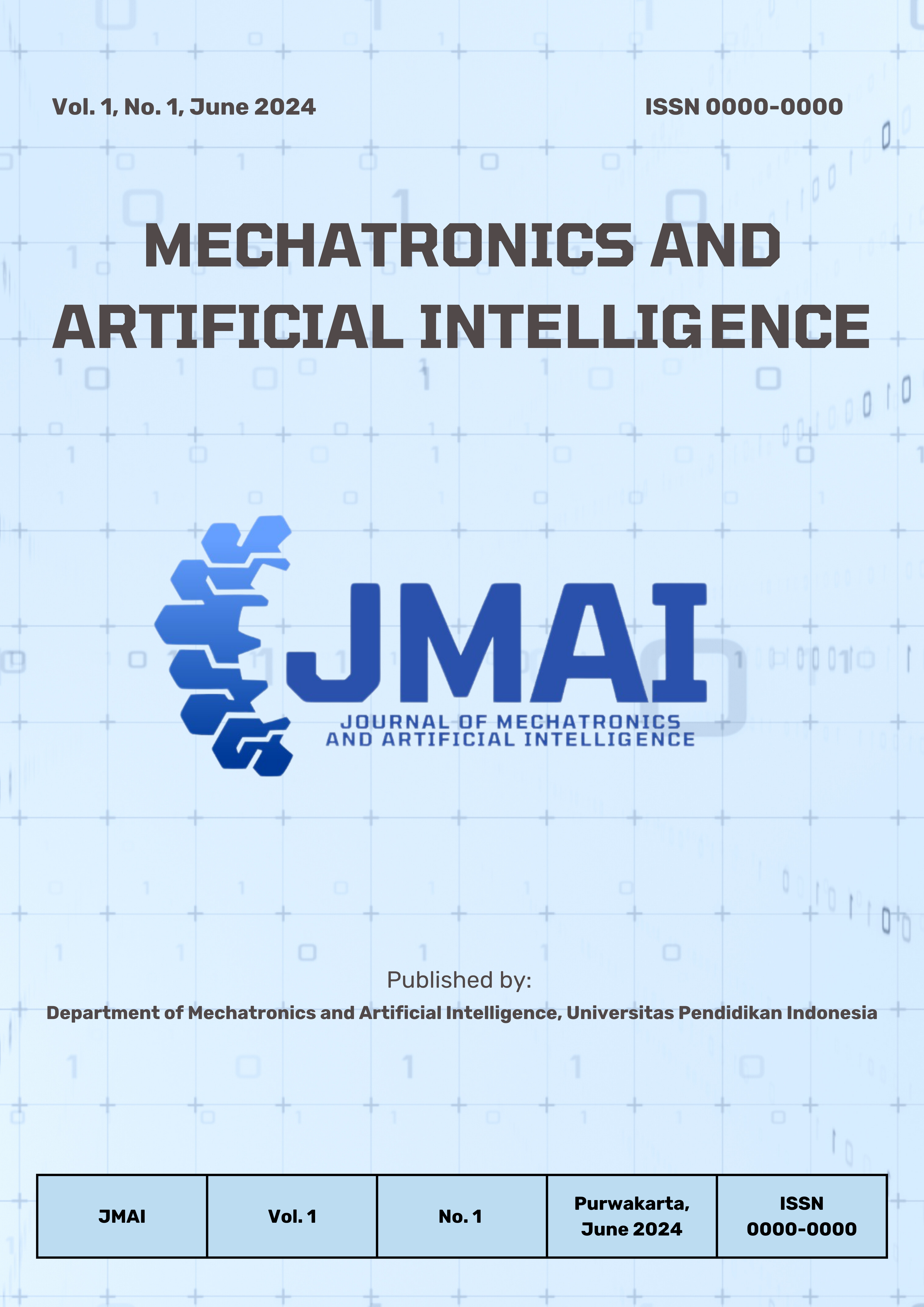Analyzing Loss Components in DC Generator for Wind Turbine Applications
Abstract
Keywords
Full Text:
PDFReferences
J. L. Holechek, H. M. E. Geli, M. N. Sawalhah, and R. Valdez, “A Global Assessment: Can Renewable Energy Replace Fossil Fuels by 2050?,” Sustainability, vol. 14, no. 8, p. 4792, Apr. 2022, doi: 10.3390/su14084792.
A. G. Olabi, K. Obaideen, M. A. Abdelkareem, M. N. AlMallahi, N. Shehata, A. H. Alami, ..., and E. T. Sayed, “Wind Energy Contribution to the Sustainable Development Goals: Case Study on London Array,” Sustainability, vol. 15, no. 5, p. 4641, Mar. 2023, doi: 10.3390/su15054641.
M. A. Hannan, A. Q. Al Shetwi, M. S. Mollik, P. J. Ker, M. Mannan, M. Mansor,…, and T. I. Mahlia, “Wind Energy Conversions, Controls, and Applications: A Review for Sustainable Technologies and Directions,” Sustainability, vol. 15, no. 5, p. 3986, Feb. 2023, doi: 10.3390/su15053986.
A. K. Pathak, M. P. Sharma, and M. Bundele, “A critical review of voltage and reactive power management of wind farms,” Renewable and Sustainable Energy Reviews, vol. 51, pp. 460–471, Nov. 2015, doi: 10.1016/j.rser.2015.06.015.
D. Rodriguez-Sotelo, M. A. Rodriguez-Licea, I. Araujo-Vargas, J. Prado-Olivarez, A.-I. Barranco-Gutiérrez, and F. J. Perez-Pinal, “Power Losses Models for Magnetic Cores: A Review,” Micromachines, vol. 13, no. 3, p. 418, Mar. 2022, doi: 10.3390/mi13030418.
L. Aarniovuori, M. Niemela, J. Pyrhonen, W. Cao, and E. B. Agamloh, “Loss Components and Performance of Modern Induction Motors,” in 2018 XIII International Conference on Electrical Machines (ICEM), Alexandroupoli: IEEE, Sep. 2018, pp. 1253–1259. doi: 10.1109/ICELMACH.2018.8507189.
I. Virgala, P. Frankovský, and M. Kenderová, “Friction Effect Analysis of a DC Motor,” American Journal of Mechanical Engineering, vol. 1, Jan. 2013, doi: 10.12691/ajme-1-1-1.
P. J. Blau, “Friction Coefficient,” in Encyclopedia of Tribology, Q. J. Wang and Y.-W. Chung, Eds., Boston, MA: Springer US, 2013, pp. 1304–1306. doi: 10.1007/978-0-387-92897-5_169.
Y. Wang, X. Wen, H. Meng, X. Zhang, R. Li, and R. Serra, “Accuracy Improvement of Braking Force via Deceleration Feedback Functions Applied to Braking Systems,” Sensors, vol. 23, no. 13, p. 5975, Jun. 2023, doi: 10.3390/s23135975.
A. Yao, R. Moriyama, and T. Hatakeyama, “Iron Loss and Magnetic Hysteresis Properties of Nanocrystalline Ring Core at High and Room Temperatures Under Inverter Excitation,” J. Magn. Soc. Jpn., vol. 44, no. 3, pp. 52–55, May 2020, doi: 10.3379/msjmag.2005L001.
DOI: https://doi.org/10.17509/jmai.v1i1.69864
Refbacks
- There are currently no refbacks.








